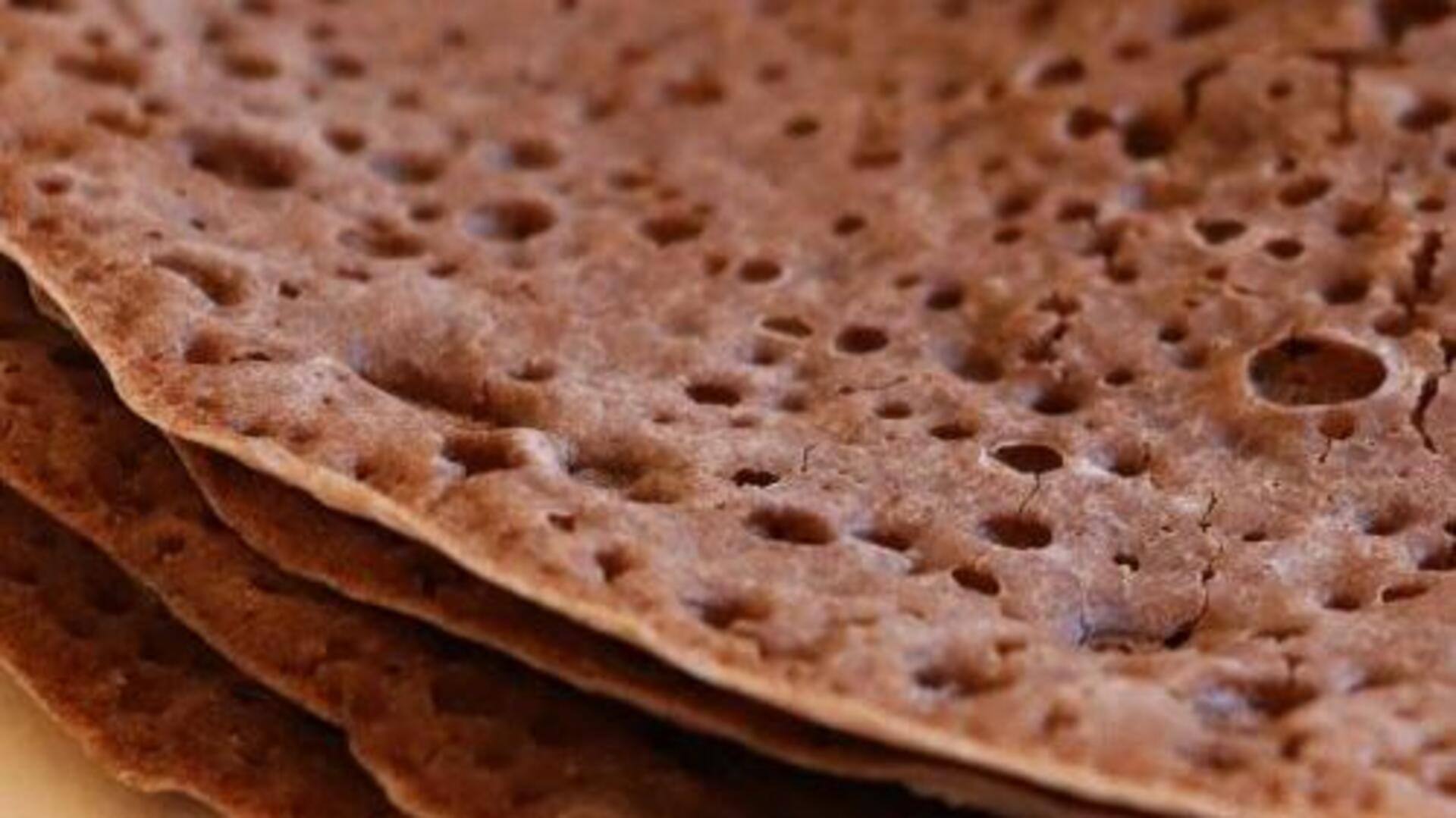
Flatbreads hold a special place in many African cuisines, acting as a delicious canvas for a multitude of dishes. The sourdough delight of Ethiopia 's injera and the comforting simplicity of East Africa 's chapati showcase the continent's flatbread artistry. These culinary masterpieces hinge on the right flours, each lending distinct flavors and textures.
This article explores the key flours that unlock the secrets of authentic African flatbreads. Teff flour: The heart of injera Teff flour, made from the minuscule teff grain indigenous to Ethiopia and Eritrea, is the secret ingredient behind the beloved injera , a sourdough-risen flatbread with a slightly spongy texture. This flour is cherished not only for its unique flavor but also for its health benefits, as it is rich in protein, calcium, and iron.

The authentic taste and texture of injera are impossible to recreate without this key ingredient. Millet flour: A versatile base Millet flour is derived from millet grain, a staple ingredient in Africa for its ability to withstand harsh, dry climates. It is used in the preparation of several types of flatbreads, such as bhakri (a type of round flatbread enjoyed in West Africa).
Millet flour provides a slightly sweet taste and is packed with beneficial vitamins and minerals. Its adaptability makes it ideal for both fermented and non-fermented flatbreads. Cassava flour: Gluten-free alternative Derived from the cassava root, this flour is a staple in gluten-free African recipes.
It's commonly used as a wheat flour substitute in making flatbreads like fufu or ugali served with most meals across sub-Saharan Africa. Its neutral taste makes it a perfect canvas for other flavors, easily incorporating into recipes without overshadowing other ingredients. Sorghum flour: The drought resistant choice Sorghum flour is produced from the drought-resistant sorghum grain, a staple crop in many regions of Africa due to its resilience.
It is often used in combination with other flours to create traditional flatbreads like the Sudanese kisra . Besides imparting a gentle sweetness, sorghum boosts the nutritional value of breads with its rich antioxidant content. Maize flour: A staple ingredient Maize (corn) flour is a staple in many African diets, essential for making Kenyan ugali or South African mealie bread, to name a few.
In contrast to cornstarch, which is a refined product extracted from maize, maize flour incorporates parts of the husk and germ. This results in increased fiber content and the presence of vital nutrients such as vitamin B6 and magnesium..










